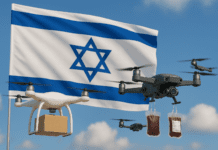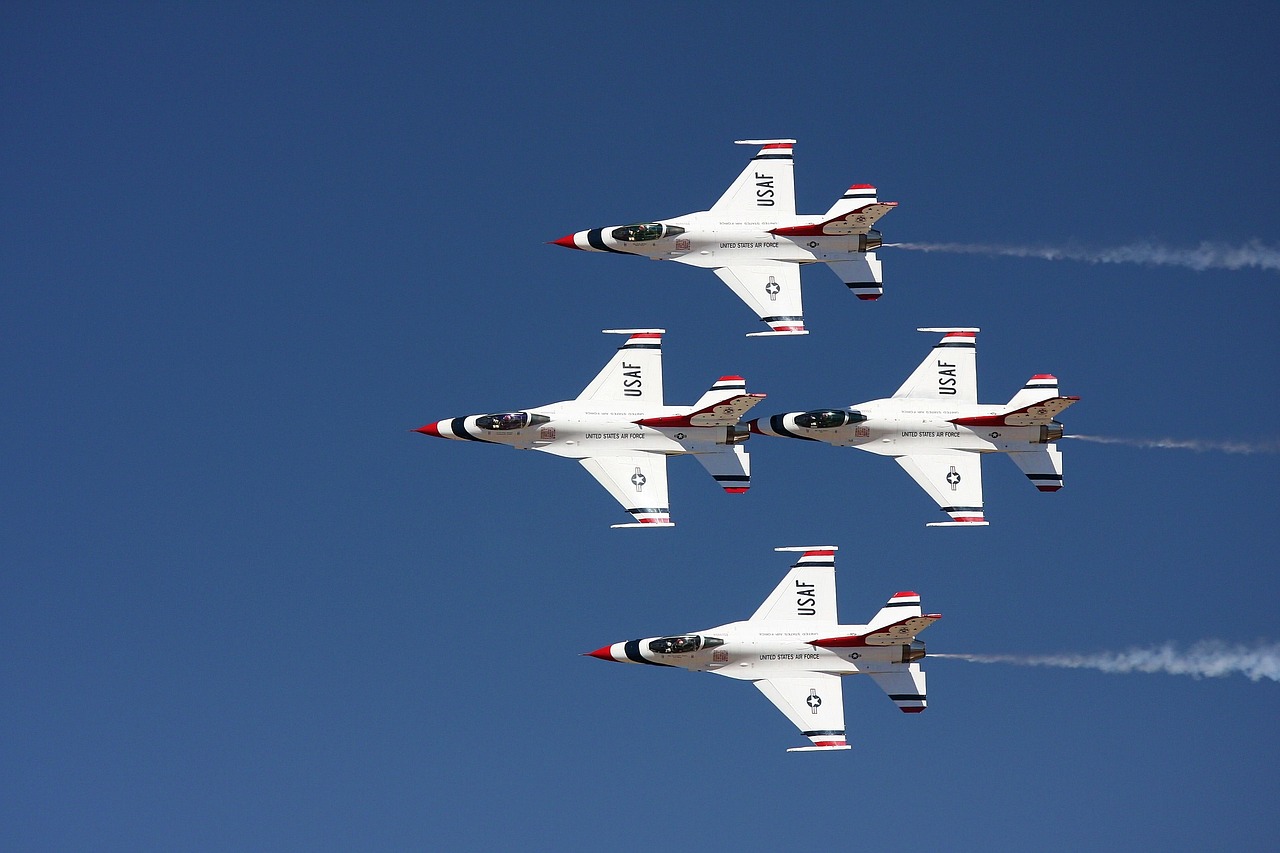This post is also available in:
 עברית (Hebrew)
עברית (Hebrew)
The growing frequency of unauthorized drone activity near U.S. military facilities is highlighting a critical vulnerability in defense infrastructure—namely, the limited capacity to detect and counter aerial threats posed by small unmanned systems.
Recent disclosures at a House Oversight Committee hearing revealed that over 350 drone incursions were recorded across more than 100 domestic and international military sites in the past year alone. This surge in airspace violations has raised alarm in Washington, exposing a gap between offensive drone capabilities and lagging defensive preparedness.
A particularly troubling episode occurred at a U.S. Marine Corps installation in California in December 2024, where six separate drone breaches were recorded over just six days. Such incidents are no longer rare anomalies but part of a broader pattern of increasingly brazen incursions.
Despite the Pentagon’s global dominance in drone technology for surveillance and strike missions, officials concede that existing counter-unmanned aerial systems (C-UAS) are insufficient to deal with these threats, particularly when they involve low-cost, commercially available drones that can be easily modified for hostile use.
The risk is not theoretical. In January 2024, a drone strike on a U.S. outpost in Jordan resulted in the deaths of three American service members. In May, another incident targeted coalition forces in Iraq. The situation reached U.S. soil in December, when Wright-Patterson Air Force Base in Ohio temporarily shut down its airspace following repeated drone sightings.
Current counter-drone systems vary widely in technology, ranging from radar and radio frequency detection to kinetic interceptors and directed-energy weapons. However, the increasing number of drone incursions over U.S. and allied bases has exposed a tactical blind spot that adversaries could exploit. While the U.S. military continues to lead in drone warfare offensively, its limited ability to prevent unauthorized drone activity over sensitive installations signals an urgent need for defensive modernization.


























